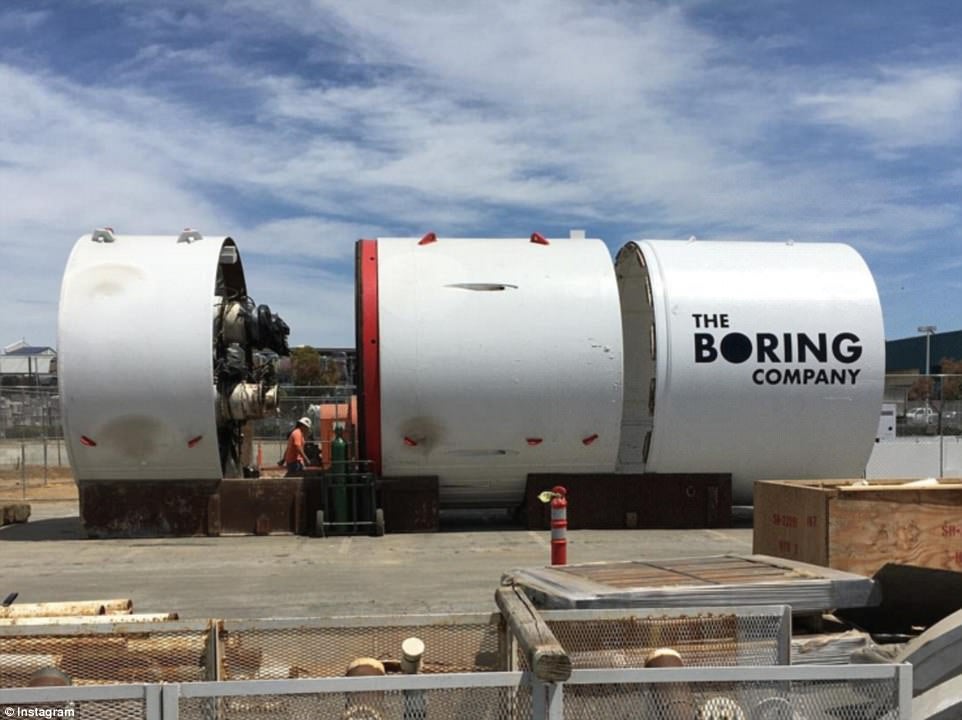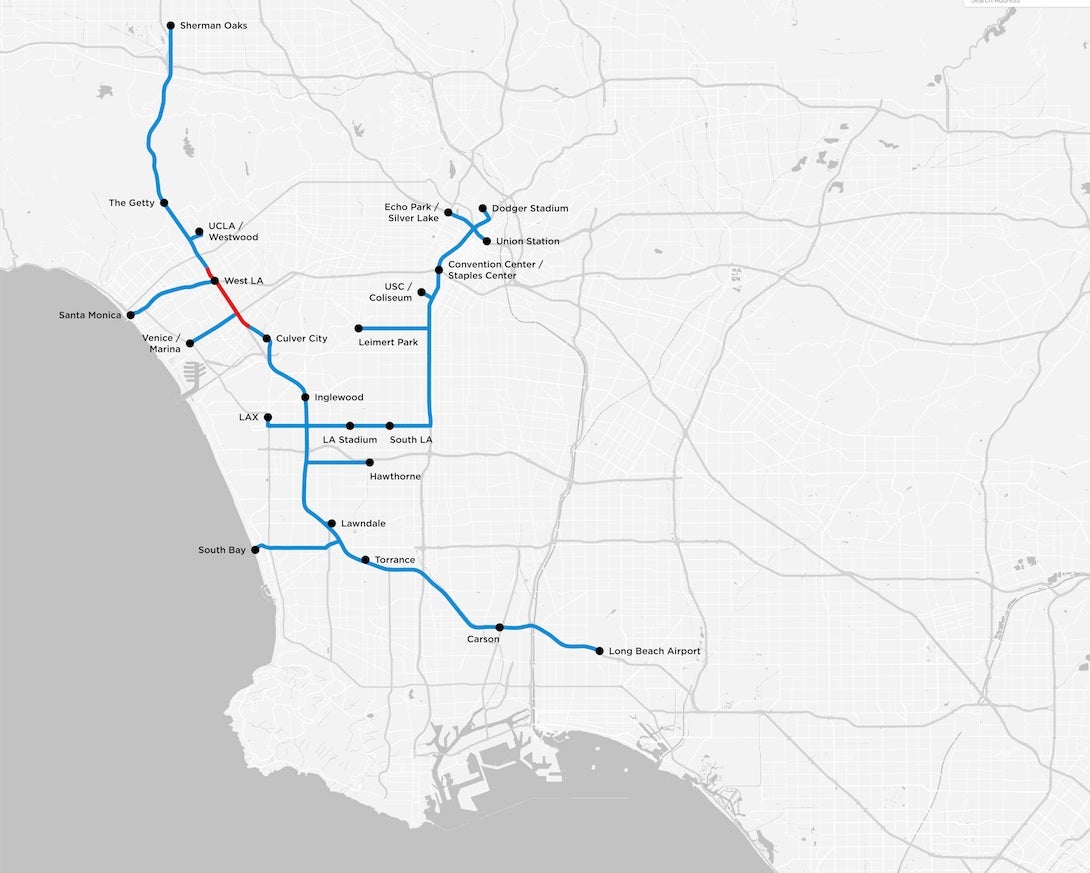Elon Musk unveils first high-speed 'Loop' tunnel by The Boring Company
Tunnel under Los Angeles is first part of network designed to 'solve the problem of soul-destroying traffic'
Your support helps us to tell the story
From reproductive rights to climate change to Big Tech, The Independent is on the ground when the story is developing. Whether it's investigating the financials of Elon Musk's pro-Trump PAC or producing our latest documentary, 'The A Word', which shines a light on the American women fighting for reproductive rights, we know how important it is to parse out the facts from the messaging.
At such a critical moment in US history, we need reporters on the ground. Your donation allows us to keep sending journalists to speak to both sides of the story.
The Independent is trusted by Americans across the entire political spectrum. And unlike many other quality news outlets, we choose not to lock Americans out of our reporting and analysis with paywalls. We believe quality journalism should be available to everyone, paid for by those who can afford it.
Your support makes all the difference.Elon Musk has unveiled the first tunnel dug by his “hobby company”, which he claims will be the first part of a futuristic transport system.
The Boring Company built the one-mile tunnel under Los Angeles for research and development of the “Loop” network, the entrepreneur said at an event in Hawthorne, California.
It works by shooting modified electric cars through underground tunnels at high speeds in order to avoid and alleviate “soul-destroying traffic” on the roads above.
“The profound breakthrough is very simple: it’s the ability to turn a normal car into a passively stable vehicle by adding the deployable tracking wheels, stabilising wheels, so that it can travel at high speed through a small tunnel,” Mr Musk said.
“The way the loop will work is you will have main arteries that are travelling at 150mph and only when you want to go to an exit would you have an off ramp.”
He added: “So you can travel the vast majority of your journey without stopping at 150mph and only slow down when you get to your exit, and then automatically transfer from one tunnel to another. It’s like a 3D highway system underground basically.”
Mr Musk founded the company in 2016 after becoming frustrated with LA traffic and has previously described The Boring Company as “sort of a hobby company”.
Speaking with comedian Joe Rogan in September, Mr Musk revealed The Boring Company had started out as a joke and he is still uncertain about whether it will be successful.
“We are going to build a tunnel,” he said. “And maybe that tunnel will be successful. And maybe it won’t.”
However if it is successful, the tunnel system could transform the way people travel around urban environments.
“A large network of tunnels many levels deep would help alleviate congestion in any city, no matter how large it grew (just keep adding levels),” the Boring Company’s website states:
“The key to making this work is increasing tunnelling speed and dropping costs by a factor of 10 or more – this is the goal of The Boring Company.”

The company says that some current tunnel projects cost as much as $1 billion per mile.
According to Mr Musk, the one-mile tunnel segment under LA cost just $10m to dig.

The Hawthorne Test Tunnel runs beneath 120th Street in LA, originating from the car park at SpaceX on Crenshaw Boulevard.
The Boring Company has also built a “Monty Python-style watchtower” in the SpaceX car park, in reference to a recent Wired article in which it was revealed Mr Musk occasionally interrupts board meetings with clips of Monty Python.
The tower was built using bricks made of the earth excavated by the tunnel digging machines.
“In typical tunneling projects, excavated dirt is shipped offsite to disposal locations,” the firm’s website states.
“This process is costly, time-consuming, noisy, and can be environmentally hazardous. The Boring Company has developed technologies to recycle the earth into useful bricks to be used to build structures.”

Join our commenting forum
Join thought-provoking conversations, follow other Independent readers and see their replies
Comments